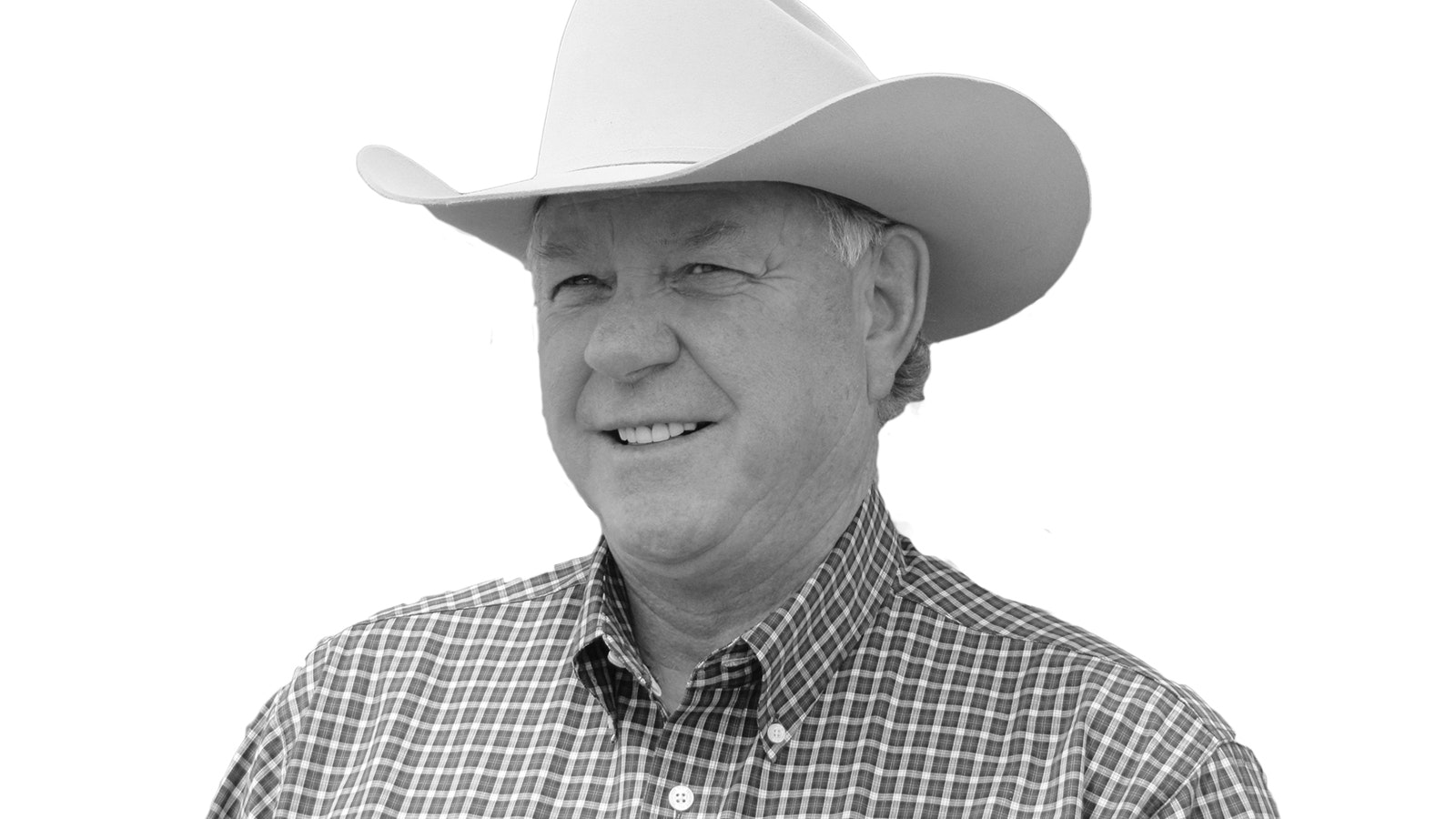With summer halfway over, farmers and ranchers will start watching the livestock markets more closely.
I thought I would explain different ways to sell livestock, as there are numerous people in our region who have no idea what happens on the farm or ranch between now and the first of the year.
The first decision producers must make is if they need to sell now or wait until later, hoping for a higher price. While some choose to roll the dice and wait it out, others look to sell now, knowing money isn’t money until it is in your pocket.
Calves seem to have more options when it comes to selling, and some of them are high tech. Either way, it still boils down to the markets and the futures of the markets.
Across all sectors of the industry, the markets are currently in a bull market. With a record-low number of cattle nationwide and record-high prices, ranchers are going to take advantage of selling more heifers, which they usually keep for replacements.
In today’s cattle markets, there is no sign of herd rebuilding. This is not good news for consumers, but at some point, the price of hamburger and steak will go down. Inflation is going to have to decrease also. In times of higher inflation, cattle are currently bringing what they are worth.
Calves can be sold at the ranch through negotiations with a single buyer who is usually a long-term buyer for the calves. They can also be sold through a video sale on the internet. Ranchers will work with a video sale representative who will take a video of the calves with their mothers so anyone in the country can buy them.
All of the buyers are registered at the sale and have a buyer’s number. Ranchers will provide information in a sale catalog of the timeline they want to sell, how they will weigh the calves, how much they expect calves to weigh on the sale date, what percent of shrinkage they will take off of the sale price to compensate for fill in the calf and how long calves have been weaned from their mothers.
Before the shipping date, ranchers will have a vet come out and look over the calves in order to get a clean health certificate. On the sale date, the video representative will be at the ranch representing the buyer. Once calves have been weighed and brand inspected, the buyer owns the calves.
The pounds of calves are then added up, and the representative will write the rancher a check, which at today’s prices could be millions of dollars.
Other ranchers will wait to sell their calves in the fall and will haul their calves to a local cattle auction to do so.
A number of ranchers will retain ownership of their calves. They’ll ship them to a feedlot until they reach desired weight and sell them on the rail when they reach the meatpackers.
However producers sell their calves, the price is still reflective of the calf market. So as you pass a cattle truck on the highway, remember the calves inside have had quite the trip getting to the truck.
Dennis Sun is the publisher of the Wyoming Livestock Roundup, a weekly agriculture newspaper available in print and online.





